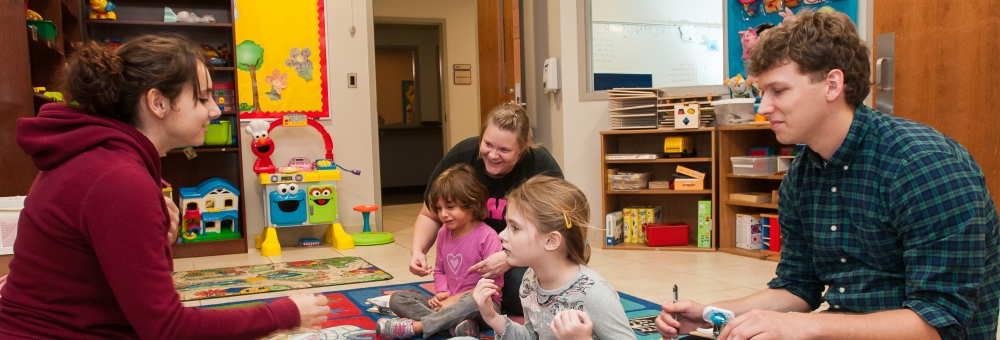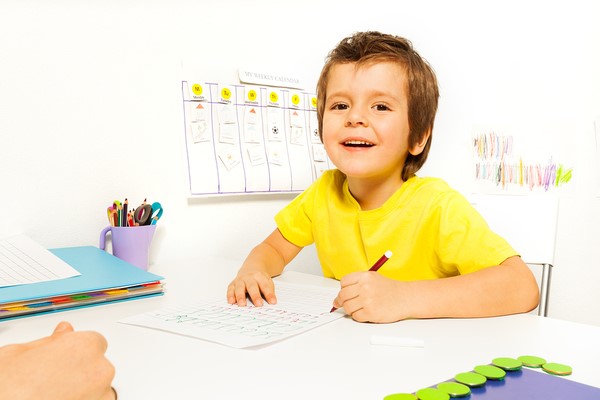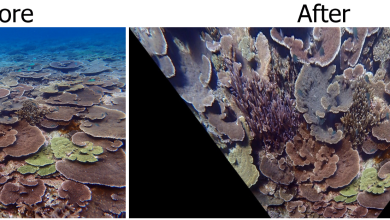How Applied Behavioral Analysis Professionals are Helping Children with Autism
Applied behavioral analysis (ABA) is a graduate-level science that uses the principles of learning theory to improve social behavior. ABA is used to help those with autism and other developmental differences. As applied behavioral analysis is used, it is also evaluated and adjusted according to how well it is working.
Developed from less complex behavior modification techniques, ABA seeks to analyze and learn what motivates problematic behavior before trying to change it. Applied behavioral analysts try to understand the functions of a behavior, what came before it to encourage or maintain it, and how to choose replacement behaviors that will meet the same needs in a more socially acceptable way.

The Use of Applied behavioral analysis in Children with Autism
Children with autism often don’t develop an understanding of how to act in socially acceptable ways. ABA helps autistic children or adults to learn what socially acceptable behavior is, and understand how to get their needs met with socially acceptable behaviors instead of what they have been doing.
Applied behavioral analysis has a research component as well as an applied component. Applied behavioral analysts must first observe the child’s behaviors to begin collecting data about them. After observation, analysts can then begin to figure out why a child is exhibiting a certain behavior. They will consider how the behavior started, if that information is available, how entrenched the behavior is, and what needs it meets for the child.
After the behavior analysis, ABA professionals will begin to teach children and parents how to replace unacceptable behaviors with acceptable ones that will meet the same needs for children. Analysis does not end here, however. The process is ongoing, with observation of new behaviors to see if the modifications are working.
ABA professionals will continue to analyze and modify behavior until the new behaviors are working well for everyone involved. This can be a long term, intensive process for 25 to 40 hours a week (some of which will involve parents carrying out the modifications).
 Success With Applied Behavioral Analysis in Autism
Success With Applied Behavioral Analysis in Autism
When children are diagnosed at a young age, ABA treatments have been effective, in some cases reversing the autism and allowing children to develop normally. Techniques like modeling, joint attention intervention, and child-initiated interactions are used to change behavior.
The goal of ABA treatment is successful self-management where children are aware of their behaviors and can monitor them without any other intervention. ABA treatment can lead to improvements in communication, social relationships, play, self-care, school, and eventually, employment. Students participate more in family and community activities when their behaviors are socially appropriate.
For most children with autism, ABA offers them a way to understand their own behavior and change it in positive ways. Applied behavioral analysis professionals make a difference in the lives of autistic children every day. For more information about Florida Institute of Technology’s Applied Behavioral Analysis graduate program, download our applied behavior analysis fact sheet now.
%CODE1%





